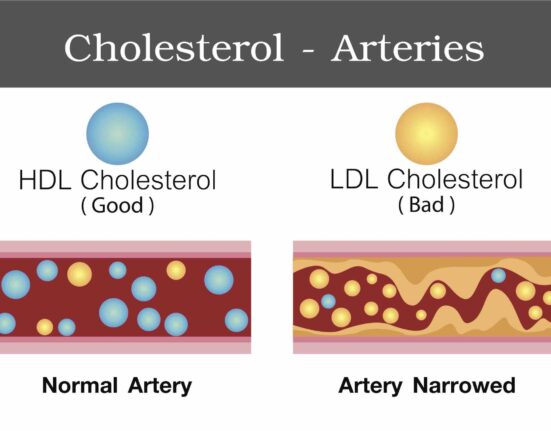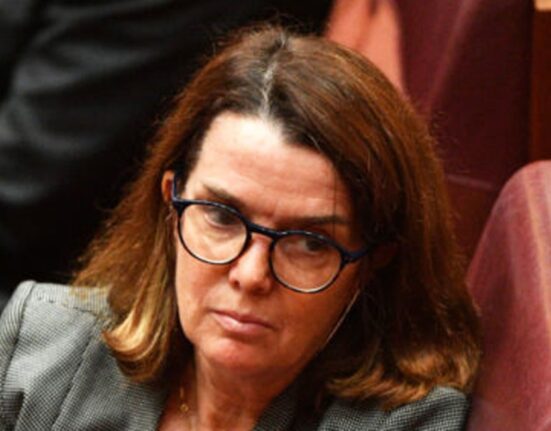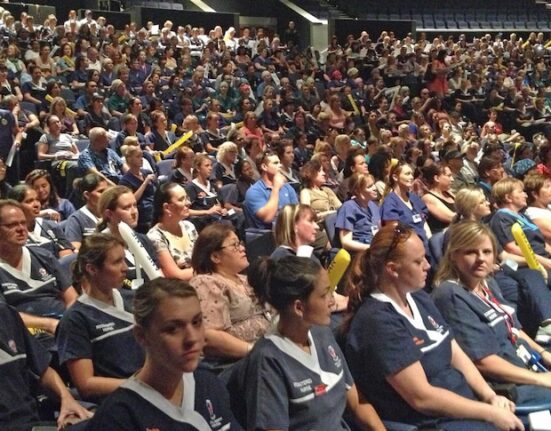The bustling city of Sydney is usually abuzz with the daily grind of its residents, but this week, a different kind of commotion is set to unfold within the walls of its prominent hospitals. As more than 5,000 public sector doctors across various medical disciplines gear up to take industrial action from Tuesday to Thursday, patients and healthcare workers alike are left grappling with uncertainties about the impending chaos.
The Australian Salaried Medical Officers’ Federation (Asmof) has led the charge in organizing this strike as negotiations with the New South Wales (NSW) government hit a stalemate over pay raises and improved working conditions. The crux of the matter lies in the disparity between the government’s offer of a 10.5% salary increase over three years and Asmof’s demand for a 30% raise to align NSW doctors’ earnings with those in other states.
Amid this rift, Andrew Holland, executive director of Asmof’s NSW branch, voiced concerns about members being stretched thin beyond their limits. He painted a grim picture of doctors enduring grueling shifts lasting up to 16 hours with minimal breaks—a dire situation that compromises both their well-being and patient safety.
Insights from Ian Lisser
Ian Lisser, Asmof NSW’s manager of industrial services shed light on how this strike will manifest itself across hospitals. With approximately one-third of all public sector doctors expected to participate, disruptions are anticipated at major medical centers like Royal Prince Alfred, St George, Westmead, Prince of Wales, Liverpool and Nepean. However, he reassured that measures have been put in place department by department to ensure patient safety isn’t compromised.
As patients brace themselves for potential setbacks during these tumultuous days ahead, elective surgeries and specialist appointments are likely to be casualties of this standoff. While emergency services remain operational amidst the turmoil, concerns loom large over staffing shortages posing challenges for seamless care delivery—especially during peak hours when foot traffic peaks at emergency departments.
Perspectives from Ryan Park
Health Minister Ryan Park expressed apprehensions about maintaining adequate staffing levels across emergency departments during what he deemed as one of the busiest times midweek. His concerns were particularly directed towards larger metropolitan hospitals that witness a constant influx of patients seeking urgent medical attention.
In response to mounting criticisms from health officials regarding safety risks posed by the strike actions, Asmof has staunchly defended its stance asserting that member-dictated plans prioritize patient welfare above all else. Despite facing legal injunctions against proceeding with strikes issued by the Industrial Relations Commission (IRC), Asmof stands firm on its decision—a bold move resonating echoes reminiscent of past labor disputes fought tooth and nail till resolution was met.
While tensions simmer between stakeholders embroiled in this tug-of-war over rightful compensations and conducive work environments for healthcare providers—the plight endured by public sector psychiatrists serves as a poignant subplot underscoring broader systemic issues plaguing NSW’s healthcare landscape. Their exodus symbolizes an undercurrent dissatisfaction rooted in unmet demands which culminated in drastic measures taken out desperation—all while mirroring a larger battle waged on behalf all frontline warriors striving for equitable treatment within Australia’s healthcare domain.









Leave feedback about this